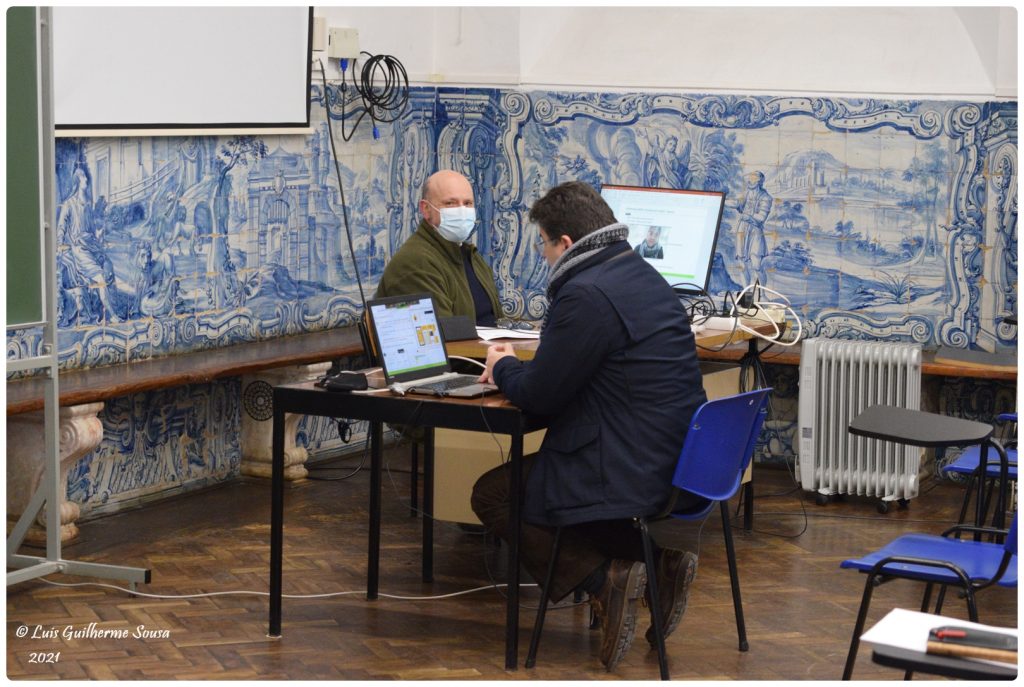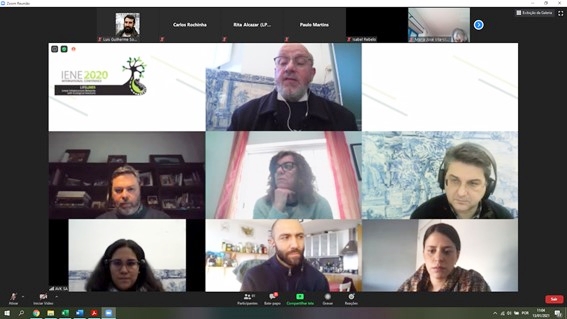Main results of the LIFE LINES Project under analysis at the Final Seminar
LIFE LINES FINAL SEMINAR
2021-01-06Orchids found on EM535 road verges!
2021-03-10The LIFE LINES Project is coming to an end [May 2021] and on January 13th the time was to summarize some ideas and share experiences with other projects and researchers at the Final Project Seminar, a side event of the International Conference IENE2020 [more information here].
The Seminar had 150 participants from 3 continents and 21 countries, such as Spain, the United Kingdom, Myanmar, Canada or Brazil. The communications panel, held in two sessions dedicated to the Final Seminar of LIFE LINES, had speakers from the Mediterranean Institute for Agriculture, Environment and Development (MED), Department of Biology and Conservation Biology Lab, University of Évora, CIBIO – InBio of the University of Porto, some beneficiaries of the LIFE LINES Project (Infraestruturas de Portugal, SA and MARCA – Associação de Desenvolvimento Local), and representatives of the Portuguese Environment Agency (APA), Portuguese Society for the Study of Birds (SPEA) and Liga para a Protecção da Natureza (LPN).
This seminar highlighted the preliminary results of the LIFE LINES project, under which 35 actions were implemented over 5 years. Beyond exploring effective solutions to mitigate and reduce the negative effects of linear infrastructures in wild animal and plant communities, the project has targeted the restoration of degraded habitats, ecosystem functioning, and landscape connectivity through demonstrative and innovative solutions. So far, monitoring results suggest that most of the conservation actions is indeed working and actively contributing to an overall increase of abundance and richness of the species, as well as a decrease of species mortality. We highlight the case of amphibians for which total abundance has had an increase (+146%) since the start of the project, and species richness rose from nine to ten. In addition, amphibian’s mortality showed reductions up to 90%. The implementation of micro reserves under power lines poles [with the objective of promoting refuge and increase the connectivity for animal and plant species] resulted in an increase of small mammals’ and butterflies’ abundance, as well as plants’ species richness and abundance.
However, the project is also measurable by its long-term effects expressed by socioeconomic indicators and policy outcomes. Many project activities involved dozens of Volunteers, reached thousands of persons of all ages through environmental awareness and dissemination actions, generated income for local associations, and contributed to the implementation of the European Green Infrastructure Strategy.
We are sure that the success of this project is mostly due to the engagement of all partners, their “hands-on” attitude that allowed the implementation of all actions, reaching local populations and enforcing policies that will endure in the planning of new and adaptation of existing linear infrastructures.
Remember that LIFE LINES Project is co-financed by the LIFE Program – Nature and Biodiversity of the European Commission, coordinated by the University of Évora in partnership with the University of Aveiro, the Faculty of Sciences of the University of Porto, Municipal Councils of Évora and Montemor-o-Novo, Infraestruturas de Portugal SA, Marca – Associação de Desenvolvimento Local and Quercus – National Nature Conservation Association. EDP -Distribuição, REN (Redes Energéticas Nacionais) and Guarda Nacional Republicana have also collaborated in the scope of the project.



